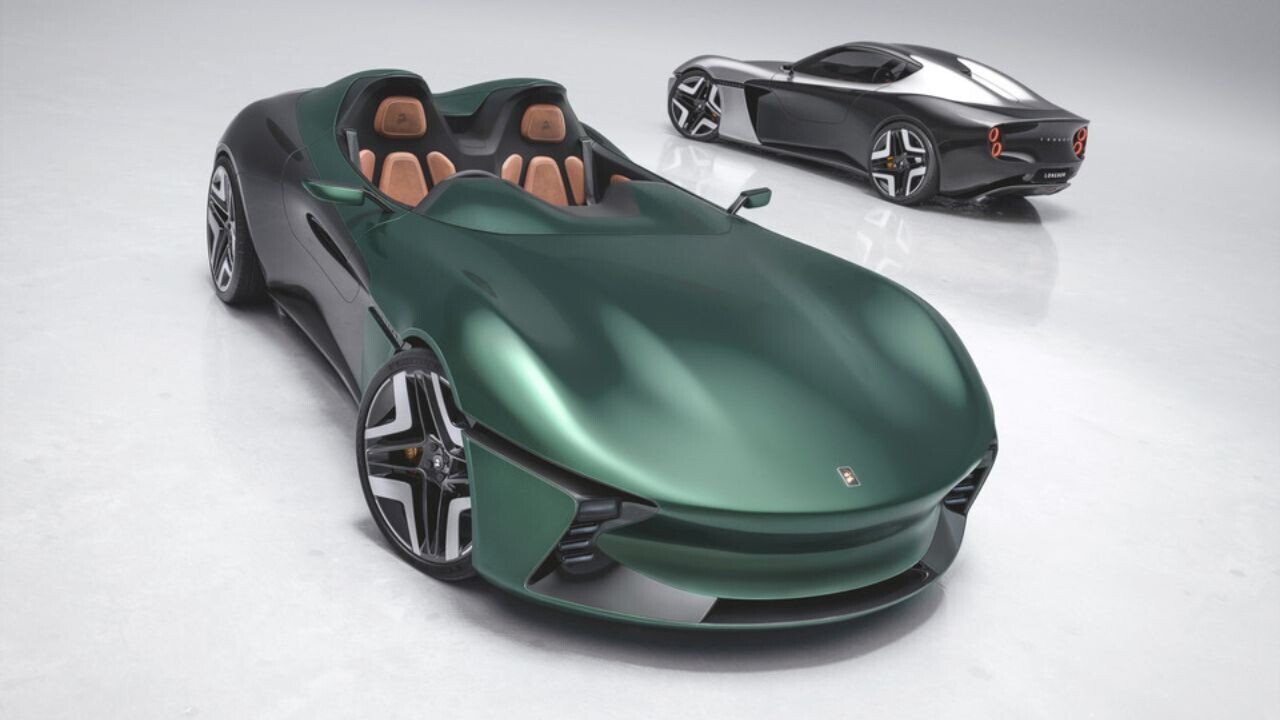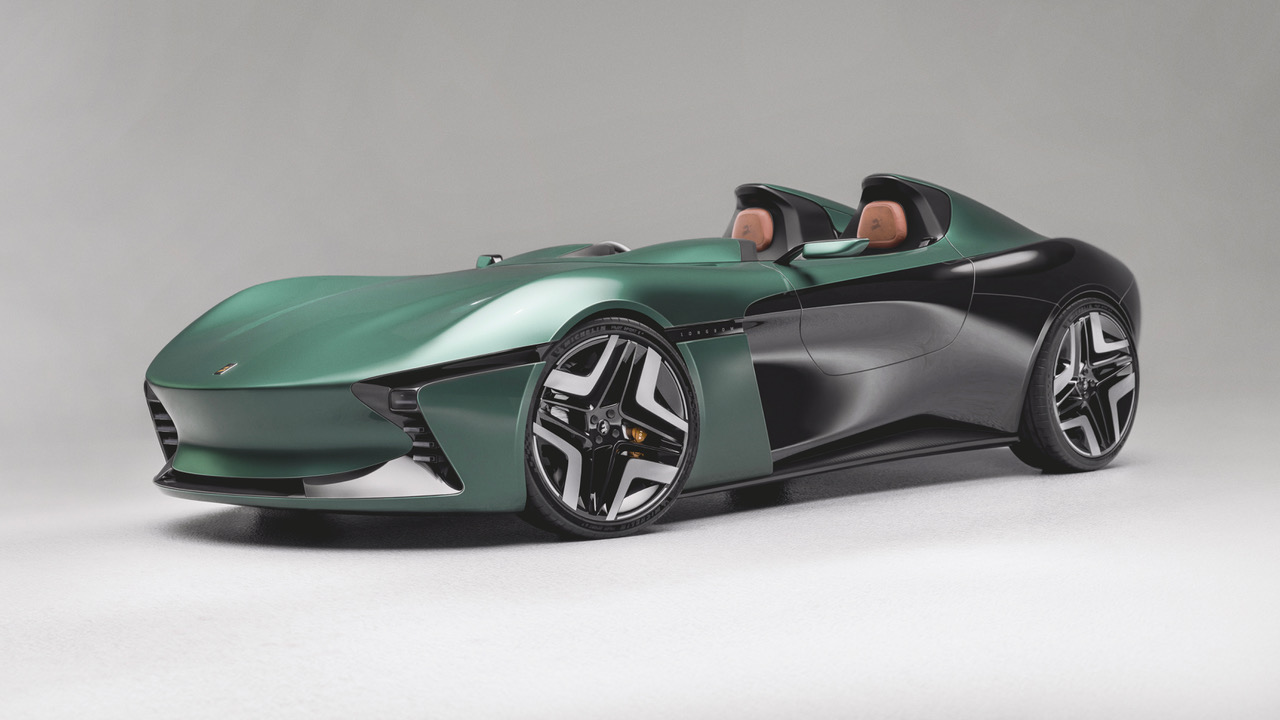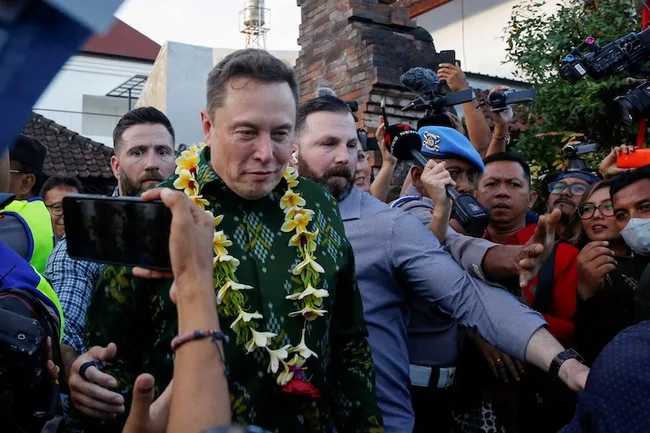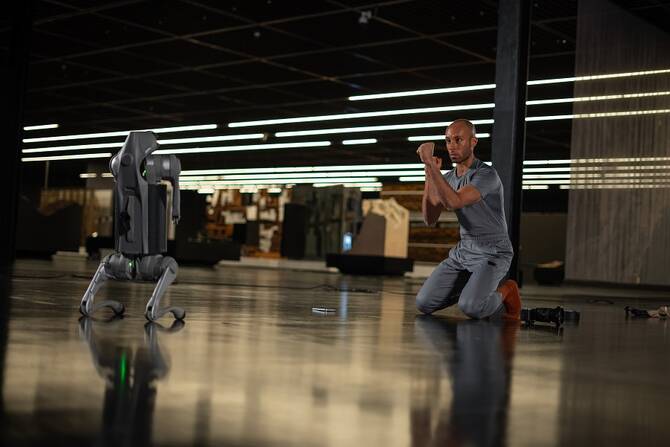The electric vehicle (EV) industry is witnessing a new wave of innovation as former executives from Tesla and Polestar join forces to launch a groundbreaking line of ultralight electric sports cars. This new venture aims to redefine performance and sustainability in the EV market by combining cutting-edge technology with lightweight design.
The team, leveraging their extensive experience at two of the most influential EV manufacturers, is set to challenge traditional notions of electric mobility. Their focus on ultralight materials and high-performance engineering promises to deliver an exhilarating driving experience while maintaining environmental responsibility.
The Vision Behind the Ultralight Electric Sports Cars
The new venture, led by ex-Tesla and Polestar executives, is driven by a clear vision: to create electric sports cars that are not only fast and agile but also efficient and sustainable. By prioritizing lightweight construction, the team aims to address some of the key challenges facing EVs, such as range limitations and energy consumption.
Key Features of the Ultralight Electric Sports Cars
- Advanced Lightweight Materials: The use of carbon fiber, aluminum, and other composite materials reduces the vehicle’s weight, enhancing performance and efficiency.
- High-Performance Electric Motors: Designed to deliver instant torque and exceptional acceleration, these motors ensure a thrilling driving experience.
- Aerodynamic Design: Sleek, wind-tunnel-tested shapes minimize drag and maximize range.
- Sustainable Manufacturing: The production process emphasizes eco-friendly practices, from material sourcing to assembly.
he Speedster is a throwback to iconic British sports cars.
The Team Behind the Innovation
The project brings together some of the brightest minds in the EV industry:
- Ex-Tesla Executives: With years of experience in battery technology, software integration, and autonomous driving, these leaders bring a deep understanding of EV innovation.
- Ex-Polestar Executives: Known for their expertise in design and performance, the Polestar alumni contribute a focus on aesthetics and driving dynamics.
Together, this team combines technical prowess with a passion for pushing the boundaries of what electric vehicles can achieve.
Why Ultralight Design Matters
The emphasis on lightweight construction is a game-changer for electric sports cars. Here’s why:
- Improved Range: Lighter vehicles require less energy to move, extending the driving range on a single charge.
- Enhanced Performance: Reduced weight allows for faster acceleration, better handling, and shorter braking distances.
- Energy Efficiency: Lower energy consumption translates to a smaller environmental footprint.
By focusing on ultralight design, the team aims to create sports cars that are not only fun to drive but also practical for everyday use.
Challenges and Opportunities
While the concept of ultralight electric sports cars is exciting, the team faces several challenges:
- Cost of Materials: Advanced lightweight materials like carbon fiber can be expensive, potentially driving up the price of the vehicles.
- Manufacturing Complexity: Building ultralight cars requires precision engineering and specialized production techniques.
- Market Competition: The EV market is becoming increasingly crowded, with established players and new entrants vying for dominance.
However, these challenges also present opportunities. By targeting niche markets, such as performance enthusiasts and eco-conscious consumers, the team can carve out a unique position in the industry.
The Future of Electric Sports Cars
The unveiling of these ultralight electric sports cars marks a significant milestone in the evolution of electric mobility. As the industry continues to grow, innovations like these will play a crucial role in shaping the future of transportation.
The team’s commitment to sustainability, performance, and design sets a new standard for electric sports cars. By pushing the boundaries of technology and engineering, they are not only creating exceptional vehicles but also inspiring the next generation of EV innovation.






